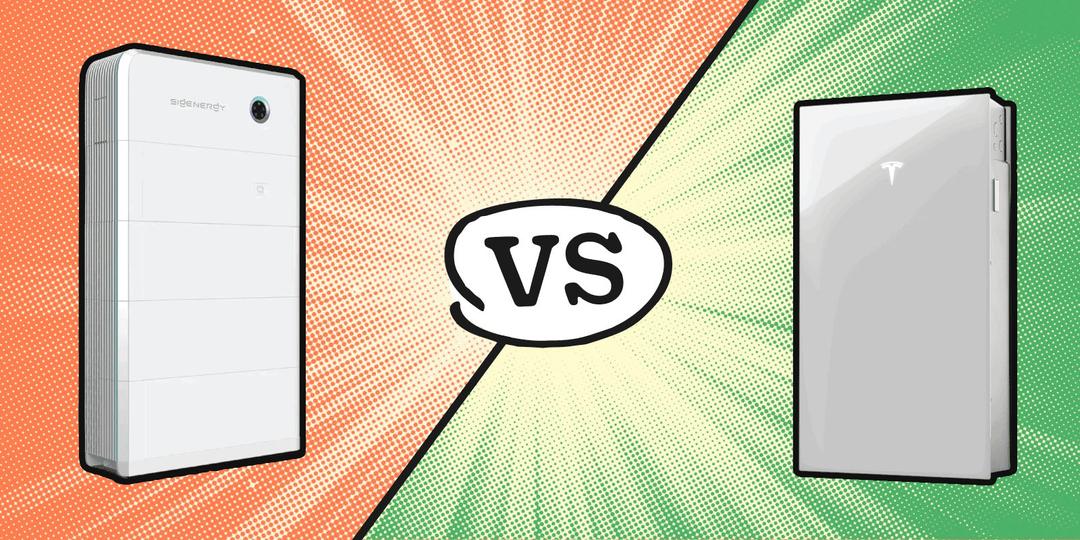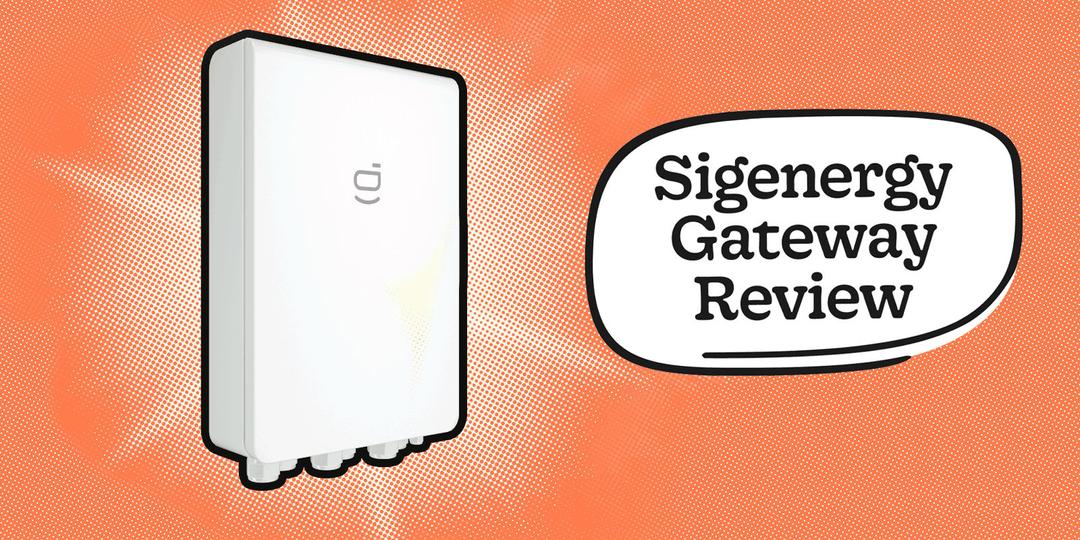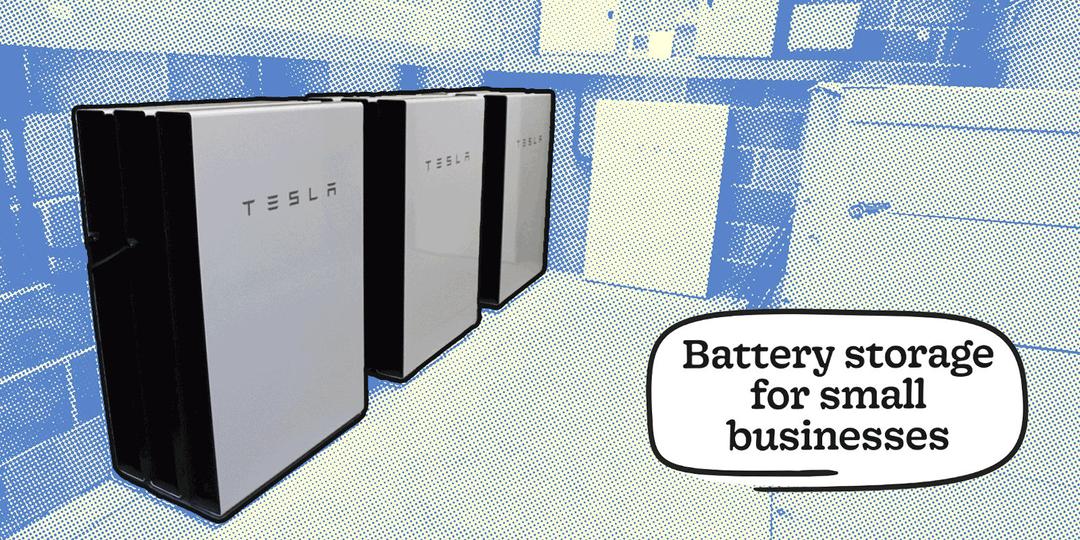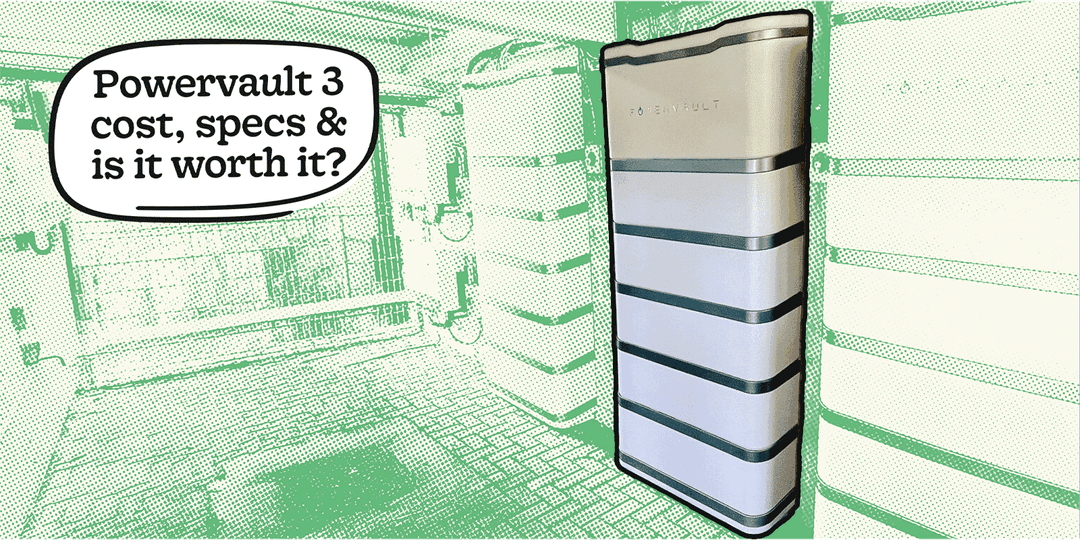Running a business in the UK right now can feel like wrestling with a dodgy plug socket - one wrong move and your energy bills go through the roof.
With costs still unpredictable, the government’s 2050 net-zero target looming, and the grid prone to the odd blackout, it’s no surprise that forward-thinking companies are turning to commercial battery storage.
Think of it as your energy ace in the hole: charge up when electricity is cheap, tap into it when prices spike, and watch the savings stack up.
Whether you’re a facilities manager or sustainability lead weighing up batteries with solar or as a standalone solution, this guide breaks down the essentials - and shows why 2025 is the year to plug in.
Let’s dive in…
🔑 Key Takeaways:
Expect to pay £200-£450 per kWh for a commercial setup, with a typical 100 kWh system ringing in at £20,000-£40,000, depending on size and specs.
Payback periods average 4-10 years, often under 7 for solar-battery combos, with annual savings potentially hitting thousands via smart tariffs and grid sell-back.
Shave peaks off your demand charges, optimise time-of-use tariffs, and earn from Demand Side Response (DSR) or Smart Export Guarantee (SEG).
They provide energy independence, blackout-proofing, and ticking those ESG boxes without breaking a sweat.
What Is Commercial Battery Storage?
At its core, commercial battery storage is basically a supersized power bank for your business - banks of lithium-ion cells designed to stockpile electricity until you actually need it.
Most systems start from around 50 kWh and scale up fast.
They soak up cheap energy during off-peak hours (or from your own solar array) and release it back when demand - and prices - spike.
Behind the scenes, smart inverters and energy management software orchestrate the whole thing, balancing grid supply, renewables, and your consumption.
And here’s the the thing: you don’t need solar to make it work. Batteries can operate as a standalone setup, charging from the grid on agile tariffs.
But when you do pair them with panels, you get a powerful double act that slashes costs and keeps you resilient, even when the National Grid wobbles.
Why Businesses Are Investing Now
Energy prices might have eased a tad from the 2022 madness, but they're still unpredictable - and with the UK's net zero targets looming, businesses can't afford to ignore the green shift.
Commercial batteries shield you from volatility by locking in low rates and dodging peak surcharges.
Then there's ESG reporting: investors and customers demand proof you're not just talking the talk.
Batteries slash your carbon footprint by maximising renewables and cutting reliance on fossil-fuelled grid power.
And let's not forget resilience - with blackouts on the rise due to grid strain, a battery keeps your lights on, fridges running, and servers purring.
In 2025, as the government ramps up clean power goals, early adopters are reaping rewards like DSR payments for helping balance the grid.
Benefits of Commercial Battery Storage
So, why are businesses plugging into batteries?
Simple - they save money, boost resilience, and polish your green credentials all in one go.
Here’s how the main benefits stack up:
1. Slash Peak Charges
Most firms get stung when they guzzle power at peak times. Batteries let you charge up when electricity is cheap, then discharge during the pricey hours.
That can wipe out those nasty demand charges and trim thousands off your annual bills.
2. Keep the Lights (and Tills) On
Power cut? No problem.
A decent battery can keep essential kit - from tills and fridges to servers and security systems - ticking over until the grid comes back online.
That means no lost trading, no data crashes, and no angry customers.
3. Pair Perfectly with Solar
Got panels on the roof? Batteries make them twice as useful.
Instead of exporting excess solar to the grid for pennies, you can store it and use it later when you’d otherwise be buying expensive power. It’s the ultimate self-consumption upgrade.
4. Predictable Energy Costs
In a world of yo-yoing tariffs, storage gives you stability.
By shifting consumption and storing your own supply, you lock in a more predictable energy profile, which makes CFOs and budget planners very happy.
5. Lower Carbon Footprint
Batteries help you lean harder on clean energy - whether that’s your own solar or charging up when the grid’s running greener.
Fewer emissions, stronger ESG reporting, and brownie points with customers who care about sustainability.
6. Unlock Incentives & Grid Services
In some cases, businesses can even get paid for letting the grid “borrow” their stored energy during high demand.
It’s not free money, but it’s a nice little revenue stream for playing ball with the network.
How much does commercial battery storage cost?
Let’s be blunt: commercial batteries don’t come cheap - but rapidly improving tech and economies of scale are driving costs down fast.
In the UK, residential-style battery systems typically range from £900 to £1,020 per kWh installed for smaller units, dropping to around £590 per kWh for larger (11–30 kWh) systems.
According to Solar Power Portal, over 22,000 domestic batteries were installed in the past year, with costs continuing to fall as uptake scales.
For commercial-grade systems, the price curve is even steeper. According to GSL Energy’s 2025 market analysis, global benchmarks put installed costs at $280–$580 per kWh - roughly £220–£450/kWh in UK terms. Larger containerised projects (100 kWh+) can come in at $180–$300/kWh (~£140–£240/kWh).
Crucially, this reflects a wider trend: According to BloombergNEF, average lithium-ion battery pack prices have plummeted from $780/kWh in 2013 to $139/kWh in 2023, an 80%+ decline that underpins the falling costs seen in the UK market today.
What pushes costs up?
System size (bigger systems are cheaper per kWh), battery chemistry (lithium-ion still leads for efficiency), and installation quirks such as retrofitting or tying into existing solar or EV charging infrastructure.
The good news: grants, subsidies, and financing options can soften the hit. Here’s our complete guide on solar grants and funding.
Battery Savings & ROI
A well-sized commercial battery can pay for itself in as little as 4–10 years, with average returns ranging between 5–20%.
The savings come from smart energy management - shaving down expensive peak loads and exploiting time-of-use tariffs like Octopus Agile, where you buy cheap and sell dear.
Layer on additional revenue streams, like exporting surplus under the Smart Export Guarantee (SEG) or tapping into Ofgem’s demand-side response (DSR) schemes, and the case gets even stronger.
To put it in context: a 200 kWh system could potentially trim £10,000–£20,000 a year from bills, plus another £5,000 from grid services.
Grid Services & Revenue Streams
Commercial batteries don’t just save you money - they can actually earn it.
By plugging into the wider grid, businesses can open up new revenue streams while helping keep the UK’s power supply steady.
Here’s how it works:
Enhanced Frequency Response (EFR)
Batteries are lightning fast, which makes them perfect for balancing the grid in real time. When frequency wobbles, your system can react in seconds, earning you revenue for providing that quick response.
Frequency Response Services
Beyond EFR, batteries can stabilise the grid’s overall supply. You get paid for being part of the solution, while the network gets a more reliable backbone.
Capacity Markets
The UK needs guarantees that energy will be available when it’s crunch time. Industrial-scale storage is rewarded for stepping up, giving businesses a steady income stream just for being on call.
Triad Avoidance
In the UK, the three yearly peak-demand “triad” periods hit big consumers with sky-high transmission charges.
Batteries let you duck those peaks, shrinking costs and optimising efficiency.
Load Shifting
By charging up when prices are low and discharging when tariffs soar, you’re not only saving money but also easing grid stress. It’s smart business with a green twist.
Peak Shaving
Batteries help flatten out your demand spikes. That means fewer nasty surprises on your bill and a more stable grid overall.
Types of Businesses That Benefit Most
Not every business needs batteries, but for those with heavy peak-time usage, they’re a game-changer.
Manufacturing plants and energy-intensive industries save big by flattening demand charges from machinery.
Hospitality and retail gain resilience - keeping tills live during blackouts and optimising for evening rush hours.
Offices with EV fleets or data centres value them for reliable backup, while warehouses and distribution hubs store solar excess to power overnight operations.
Integration With Solar
On their own, batteries deliver strong returns.
Pair them with commercial solar panels, and you unlock the full package.
Solar cranks out the most energy during daylight, but many businesses peak in the evenings. Batteries bridge that mismatch, storing excess power for use around the clock.
According to Solar Energy UK, there are around 27 GW of new ground-mounted solar projects currently in the planning pipeline.
While solar paired with battery storage can significantly improve self-consumption and ROI, achieving figures as high as 80–90% requires substantial on-site storage and smart load management, and isn’t representative of the wider market.
What is clear is that these projects will materially boost the UK’s renewable capacity and strengthen progress toward net zero.
Challenges to Consider
It’s not all plain sailing. Upfront costs can still sting, particularly for smaller firms.
Space is another factor - commercial batteries are sizeable units, often requiring outdoor placement and sometimes planning approval.
Performance also isn’t static: batteries naturally degrade, typically retaining 70–80% capacity after 10 years, so it pays to scrutinise warranties (10–15 years is the industry norm).
And don’t skimp on integration - poor setup can wipe out efficiency gains. Always use accredited professionals.
How to Get Started
The first step is understanding your demand profile.
A site survey, backed by smart meter data, will map usage patterns and model the business case. From there, you can identify peaks, project savings, and layer in available incentives.
The final - and most important - step is choosing a trusted partner. Work only with MCS-certified, HIES-backed installers for peace of mind on quality and compliance.
At Heatable, we take care of the whole process, whether you’re looking at standalone storage or a full solar-and-battery combo.
Ready to explore your options? Get in touch for a no-obligation chat.
Next Steps For Your Battery Journey:
When planning to install battery storage for your home, there are several important factors to consider. Make sure to refer to the following guides to help you make informed decisions:
To dive deeper into these topics, head over to our advice section, check out our YouTube channel for informative videos, or read a customer case study to see how others have benefited from their battery installation.
Get a Quote for a Battery Today
Without boasting, you should get your battery storage installed with us, here's why:
Thousands of Happy Customers: We boast an average score of 4.9 on Trustpilot, outperforming the market leader.
Which? Trusted Trader: Heatable is proudly recognised as a Which? Trusted Trader.
Tesla Certified Installer: Heatable is proudly certified and approved by Tesla to install the Powerwall.
MCS Accredited: Our accreditation by the Microgeneration Certification Scheme (MCS) ensures high-quality standards.
Consumer Protection: As members of the HIES consumer code, we provide 2-year deposit protection.
Flexible Payment Options: Choose from multiple payment methods, including finance options.
Fixed Price Guarantee: Enjoy transparency with no hidden costs.
Save Your Quote: You can save your quote and decide later.
Bespoke Battery Quote Tool: Find out which battery is ideal for your home, here.





